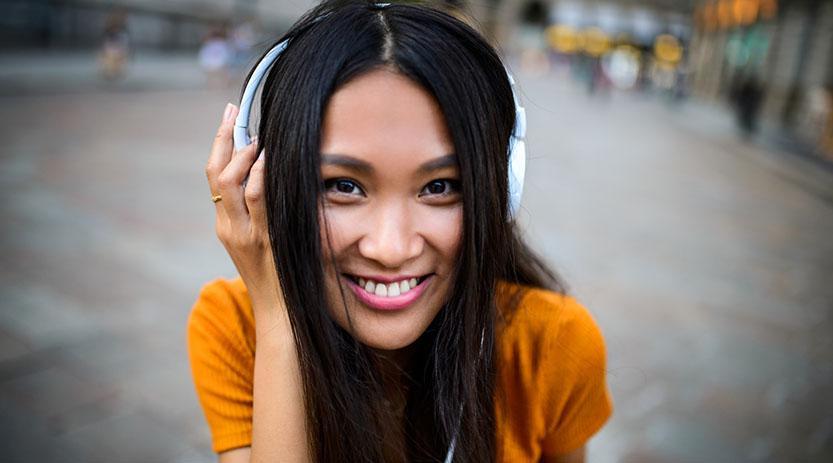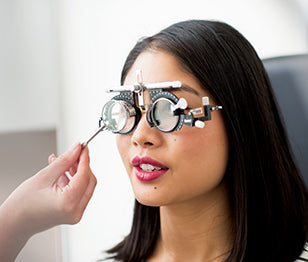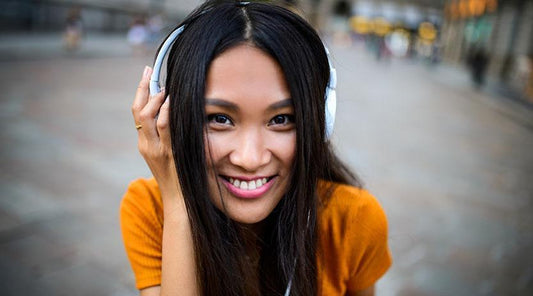The ins and outs of colour deficiency

You might know colour deficiency by its other name – colour blindness. This name isn’t technically correct, as most people living with colour deficiency can actually still see colours. It’s being able to tell the difference between some colours – like reds, greens and blues – that’s usually more difficult for anyone with colour deficiency.
What's the cause?
Colour deficiency is usually genetic, affecting more men than women. It occurs because of the way light-sensitive cells in the back of the eye, or cones, respond to colours.
We usually have three types of cone cells to help our retinas tell the difference between the wavelengths of light – from long (red) and medium (green) to short (blue). If you have a colour deficiency, you might not have one of these types of cones – or the cells might react differently because of genetics, an injury or an underlying eye condition.
What does vision with colour deficiency look like?
Click and drag the image below to see how colour deficiency can affect your vision.
Healthy vision
What are the symptoms?
It can be tricky spotting the symptoms of colour deficiency. For a start, it’s usually something you’re born with – so you might not notice you’re seeing colours differently.
The main symptoms are usually having trouble noticing the difference between different colours (most frequently green and red) or perceiving the brightness of colours. Parents might spot colour deficiency in their kids if they struggle with naming different colours – or separating objects by their colours.
Your optometrist can perform a colour deficiency test if you’re worried this might be affecting you.
What are the treatments?
You can’t cure colour deficiency – but most people usually have very little trouble getting used to the condition. Kids might need some extra support at school if work is colour coded – while some career paths, like becoming a pilot, probably wouldn’t be suitable.
You might also want to consider getting special contact lenses or glasses, which can help you differentiate between colours. Apps and other aids are also on-hand to make sure you’re seeing the world in the most colourful way possible.

We're here to help
Ask your optometrist if you have any questions about colour deficiency or book an appointment today.
You might also like to read...
View all-
Understanding astigmatism
There’s a good chance you’ve heard of astigmatism before. It’s a common eye condition that causes blurred vision, discomfort in your eyes and headaches.
Eye conditionsUnderstanding astigmatism
There’s a good chance you’ve heard of astigmatism before. It’s a common eye condition that causes blurred vision, discomfort in your eyes and headaches.
Read more -
Learning more about cataracts
You’ve probably heard of cataracts – when the normally clear lens of the eye becomes cloudy. It happens because the lens becomes hardened, and it means a gradual decrease in...
Eye conditionsLearning more about cataracts
You’ve probably heard of cataracts – when the normally clear lens of the eye becomes cloudy. It happens because the lens becomes hardened, and it means a gradual decrease in...
Read more -
The ins and outs of colour deficiency
You might know colour deficiency by its other name – colour blindness. This name isn’t technically correct, as most people living with colour deficiency can actually still see colours.
Eye conditionsThe ins and outs of colour deficiency
You might know colour deficiency by its other name – colour blindness. This name isn’t technically correct, as most people living with colour deficiency can actually still see colours.
Read more





